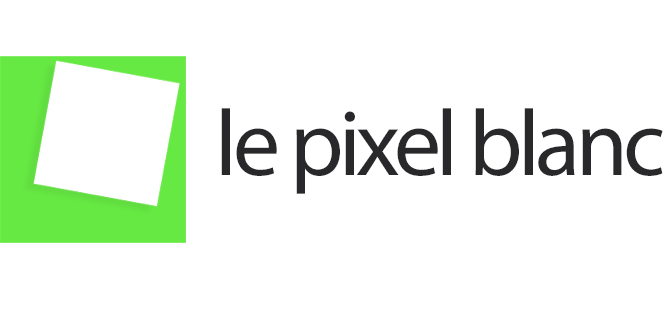GHOST(S)
Vincent levy, 2005
Interactive digital art
Materials: Computer, plasma screen, specific software
Dimensions: 50 inch plasma screen
Video loop: Colour, Rythm and Texture Play, 10 min loop with vertical and horizontal movements, 3D digital forms.
Themes: The image of the spectator captured in real time appears only gradually on the screen and is superimposed on ghostly silhouettes, portraits of other passers-by who came before or people related to the history of the artist.
Ghost(s) is a generative and interactive work. It acts like a mirror that would allow a "time of reflection" to return the image of the spectator, even deciding sometimes to display the image of someone else. The image of the spectator captured in real time appears only gradually on the screen and is superimposed on ghostly silhouettes, portraits of other passers-by who came previously or people related to the history of the artist.
Ghost(s) is an installation in which the viewer is faced with a screen that functions like a mirror, but a mirror that would give itself a time of reflection before reflecting its image. A small camera, webcam type, is placed just in front of the screen, at the height of the front of an adult, filming the image of passers-by entering his field. The video rendering takes the form of a multi-layered image, with eight layers with a proportion of 10 to 20% transparency each. The images that have just been filmed spread out over time with a delay of 2 to 8 seconds. The opacity of the subject is therefore a function of the time spent in front of the installation. From 22 seconds of immobility in front of the objective, the image of the passerby appears completely. But, as soon as he is perceived, he can be replaced or accompanied by someone else from the faces memorized on the previous days at the same time, or the characters from the "personal universe" of the artist. The latter also populate the "dreams" of Phantom (s) when no one comes to confront him.
Ghost(s) asks the question of the present time, mixing it with evocations of the past and projecting the current image recorded in the future. Through a narcissistic game, the viewer is actually drawn into the fundamental reflection on the "temporal place" of his existence.
Photo credits: Vincent Lévy
Video Credit: Vincent Lévy





